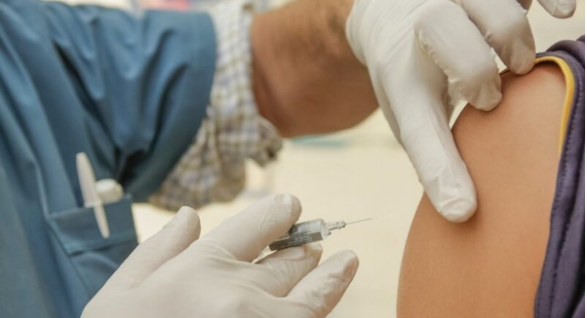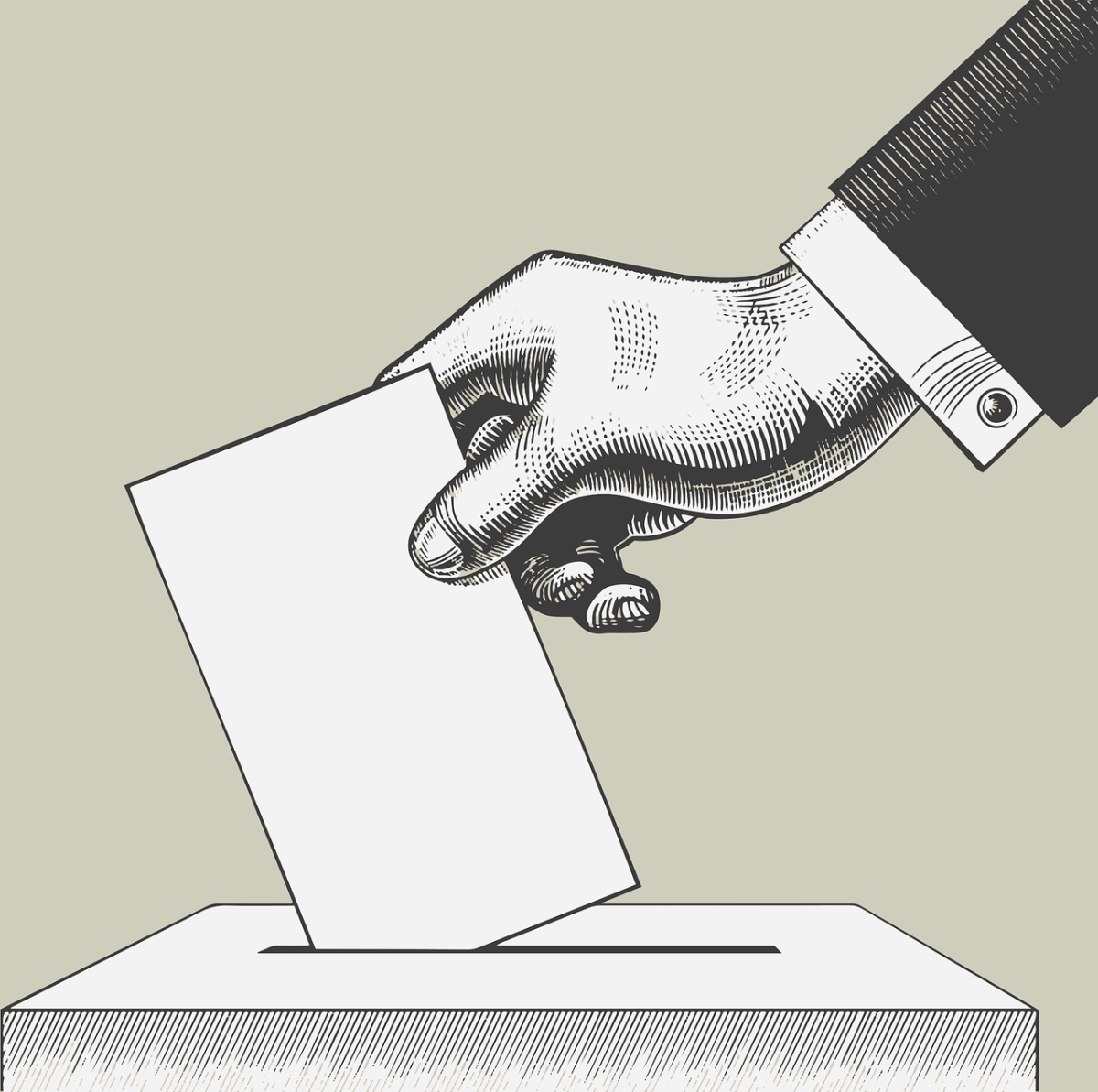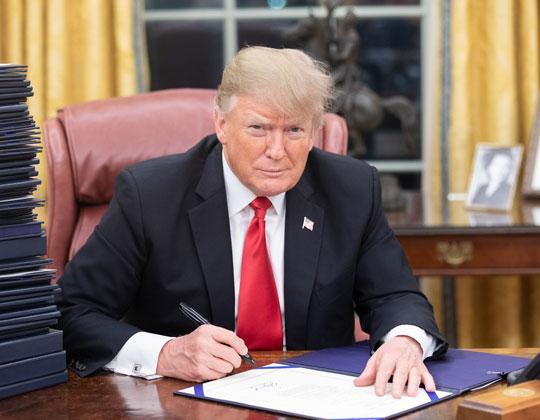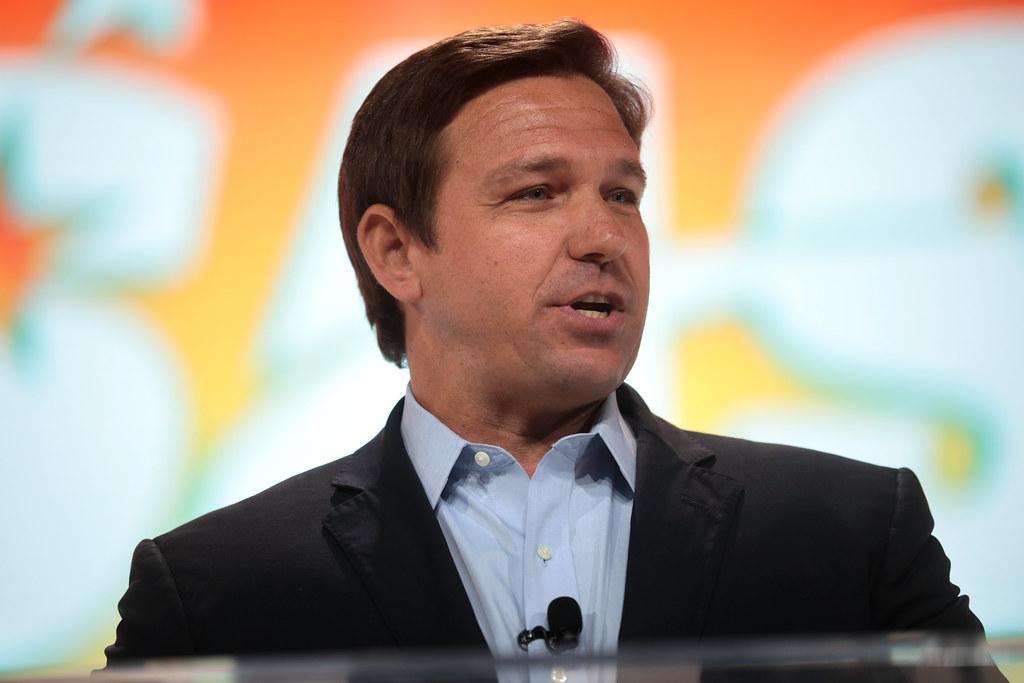On Friday, October, 29, The Food and Drug Administration (FDA) authorized the Pfizer-BioNTech’s coronavirus vaccine for use in children ranging in age from 5-11. This comes only less than a month after their initial submission. Now, about 28 million children will be eligible to receive the children’s dose for protection against all strains of COVID-19.
The Biden Administration has since promised that the children’s shots will be very widely available and will stay under the umbrella of being free. The shots will be easily accessible at children’s hospitals, pediatrician and doctor’s offices, children’s pharmacies, and community health centers. The administration has also made it very clear that there is enough to go around by stating they have 15 million of the children’s doses ready to ship immediately. U.S. states started ordering doses last week based on how many children their state has in the age group under the administration’s orders.
But what are the “children doses”? Due to the immune systems of the children in the age group, vaccine trials had to find the smallest level of antigen that will have the lowest number of side effects while still being effective in fighting off the virus. The approved children’s dose is ⅓ the size of the dose approved for those 12 and up with a 10-microgram dose compared to the 12 and up 30-microgram dose. Children in the newly approved age group will still need to undergo a series of 2 shots for maximum effectiveness. The question many are having is, why does the dosage have to do with immune systems rather than size. Well, first of all, it would be hard to distinguish the size difference between an 11 and a 12-year-old, because physically, there isn’t much of a difference. It is rather focused on the fact that children’s immune systems are still developing and as they age, it weakens. Dr. James Versalovic, Texas Children’s Hospital interim pediatrician-in-chief says, “As we are fond of saying in pediatrics: Children are not small adults. Children are children. Their bodies are developing and will react differently, and we need to treat them differently.”
In a clinal trial sponsored by Pfizer, the vaccine was shown to develop significant results regarding protection in children against the virus. If this will help in curving the pandemic cannot be determined by trials and is yet unclear and won’t be known until it is tested under real-world circumstances. According to the Centers for Disease Control and Protection (CDC), as of this week, around 8,300 children falling within the age group have been hospitalized with COVID-19 and at least 170 died. This is out of the 3.2 million hospitalizations and 740,000 deaths overall. If the sickness and death rate lowers lies on if the more than 60 million children and adults in the U.S. whom are eligible to, get vaccinated says Dr. Jennifer Nuzzo, an epidemiologist at Johns Hopkins Coronavirus Resource Center.
While the COVID-19 pandemic has more generally been worse for people of color, the racial disparities among children are stark. According to the Kaiser Family Foundation, Black and Hispanic children are less likely to be tested for the virus, but more likely to catch it than white children. The CDC says hospitalization rates in children 5 to 11 are more than 3 times as high for Black, Hispanic, and Native American children than for white children. Kaiser also says that in this age group, more than half are children of color and nearly four in 10 come from households with incomes below 200 percent of the federal poverty level. Dr. James E.K. Hildreth, the president of Meharry Medical College, a historically Black institution, says that school nurses, churches, and local health officials are key in reaching children and families who might not have insurance or access to pediatricians since the vaccines are free. Dr.Hildreth also criticized Pfizer for not including more children from minorities in its 5 to 11 clinical trials, saying it could harm the confidence parents with children of color have in the vaccine. With the vaccine being of no cost and so widely available for children now, the Biden Administration is hoping its efforts to make it more available will be benefitical to families of color.
Overall there are many factors that contribute to the spread of the pandemic. The CDC is hoping that the approval for children 5 to 11 getting the vaccine will hinder the spread.





































